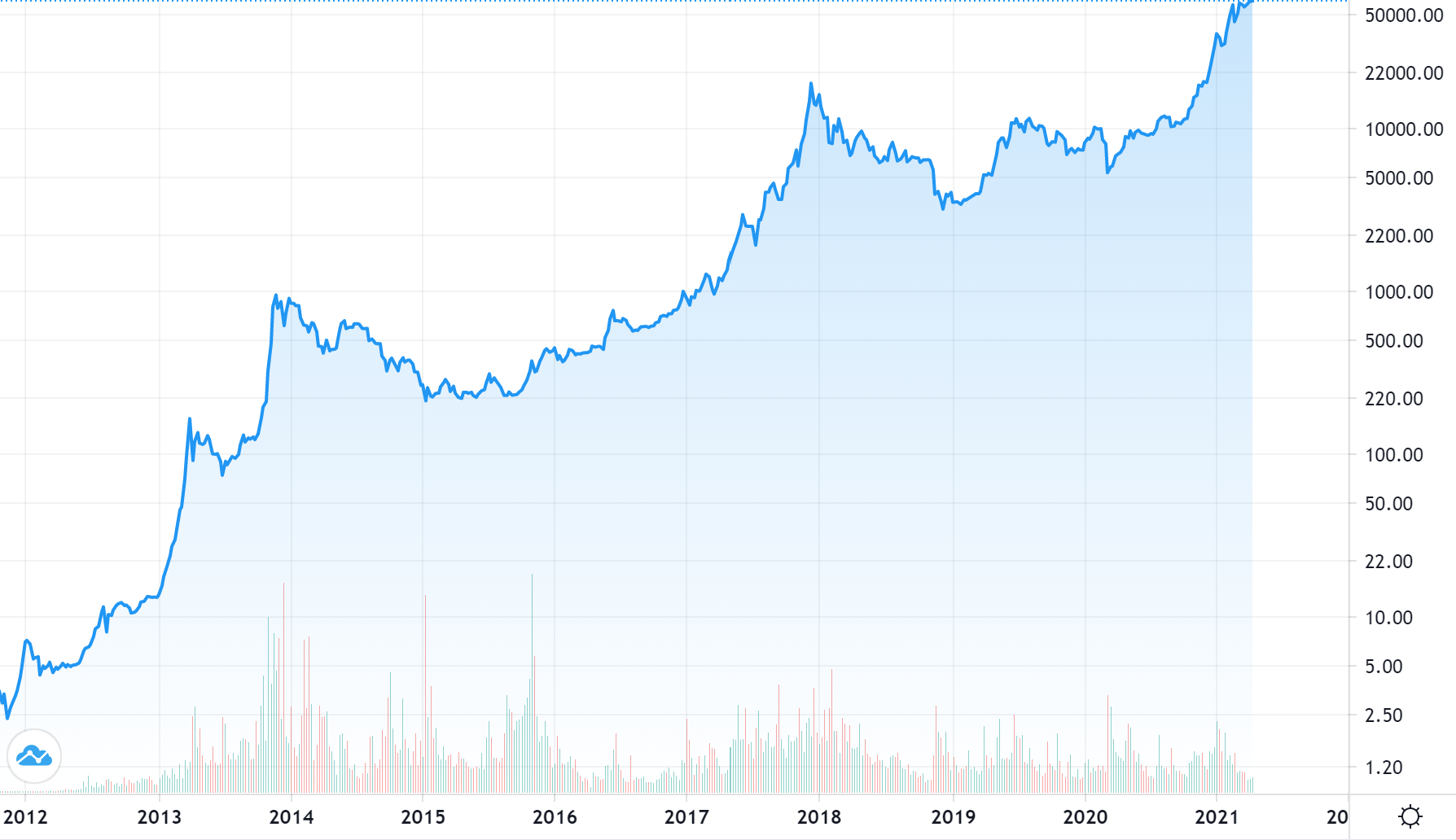Closed End Funds (CEFs) are entities that invest money and trade on stock exchanges. In contrast to “open-ended” funds (OEFs) like mutual funds and conventional exchange-traded funds (ETFs), CEFs are formed and sold with a fixed pool of initial investment capital. I.e., they are designed to not accept further capital after their IPO, and it is nearly impossible for shareholders to redeem shares by asking the CEF to liquidate holdings and buy the shares back. The advantage of this structure is that a CEF can enter long-term contracts and investments that open-ended funds either should not or cannot, because an open-ended fund has to be able to liquidate its positions whenever investors ask for their money back (i.e., when a shareholder “redeems” shares).
One of the curious results of CEFs being “closed” is that they can trade at values significantly different from their NAV. NAV, or Net Asset Value, is the intrinsic/market value of an investment fund’s assets. If a fund sold everything it owned at the current market price, it could redeem its shares at the NAV. As a result, except during extreme market crises when securities can’t be sold in large quantities, open-ended funds always trade very close to their NAV.
CEFs routinely trade at significant discounts and premiums to their NAV. (When the trading price is below the NAV we say the fund is trading at a discount. When the price is above the NAV we say the fund is trading at a premium.) Trading fluctuations away from NAV are not hard to understand: All securities trade away from their fair market value due to liquidity demands. For example, when an owner wants to sell a large amount of shares he is “demanding liquidity.” If he wants to sell more shares more quickly than the market is prepared to purchase, then he will have to reduce the price he asks for the shares to drum up more buyers. I.e., he sells shares at a discount. (This is the same as when stores put things “on sale” or “clearance:” there are always people looking for a bargain.) Conversely, if someone wants to own more of a security than is for sale at the current price, he will have to offer to buy them at a higher price to entice more people to sell. I.e., he buys shares at a premium. Both of these scenarios are characterized as “liquidity demand,” and they both cause changes in the market price of the stock.
Many stocks also fluctuate in price because investors take different or changing views on the true present value of the underlying company. But in the case of CEFs the true present value is not in dispute: CEFs are just collections of securities, all of which have a public market price. So every day we can look at both the value of what the CEF owns (its NAV) and the price at which the CEF itself is trading. We can also look at the ratio of those two numbers to see the premium or discount the market has assigned to the CEF. For example, here is a chart of the daily price and NAV for a CEF from 2017 to the end of 2019. (EOS is the symbol for the trading price, and XEOSX is the NAV. The charts are from
CEFconnect.com.)
From this we can see that sometimes this fund trades at a discount to NAV, and sometimes at a premium. But over this period it almost always traded within 6% of its NAV.
Again, we know that such
fluctuations in a stock’s premium and discount can be attributed to liquidity demand.
But there is a phenomenon seen in many CEFs that is very strange: CEFs that trade at persistent and large premiums or discounts. Here is a typical example of a fund that trades at a large and persistent discount (ticker AGD):
Over this six-year period this fund traded at an average discount of more than 10%, and never less than 6%. And there are examples that go the other way. The CEF with ticker RCS trades at a large and persistent premium:
Why would a CEF trade at a large and persistent discount to its NAV over a long period of time? That can’t be explained by liquidity demand. After all, if it were liquidated then shareholders would receive NAV. But in the case of this CEF market participants are always buying and selling the fund’s shares at prices that appear to be significantly less than the present value of the thing they are trading. This shouldn’t happen in an efficient market.







